HOW TO KEEP JEWELRY FROM TARNISHING
Tarnishing is a common issue that affects the appearance of jewelry over time. Understanding the causes of tarnishing and implementing preventive measures is essential for maintaining the luster and beauty of your jewelry. In this article, we will explore effective ways to keep jewelry from tarnishing and provide key takeaways for each section.
Key Takeaways
- Proper storage is crucial for preventing tarnishing.
- Regular cleaning and maintenance helps preserve the shine of jewelry.
- Choose tarnish-resistant metals for long-lasting jewelry.
- Professional cleaning services can revitalize tarnished jewelry.
- Quality materials and protective coatings are key for preventing tarnishing.
Understanding Tarnishing
What Causes Tarnishing?
Tarnishing occurs when metals react with substances in the environment, such as oxygen and moisture. This reaction forms a thin layer of corrosion on the surface of the metal, leading to a dull or discolored appearance. Factors like humidity, sulfur, and acids can accelerate tarnishing. Understanding these chemical reactions is crucial for preventing and managing tarnish on jewelry.
To illustrate the impact of environmental factors, consider the following table:
| Factor | Effect on Tarnishing |
|---|---|
| Oxygen | Accelerates tarnish |
| Moisture | Increases corrosion |
| Sulfur | Enhances tarnish |
| Acids | Speeds up corrosion |
It's important to note that proper storage and careful handling can mitigate the effects of these factors. Additionally, keeping jewelry clean and dry can significantly reduce the risk of tarnishing.
Tip: Avoid exposing jewelry to harsh chemicals or extreme environmental conditions to preserve its luster and shine.
Effects of Tarnishing
Tarnishing can have detrimental effects on the appearance and longevity of jewelry. It can lead to discoloration, loss of shine, and even structural damage. Preventing tarnishing is crucial to maintaining the beauty and value of your jewelry.
To understand the impact of tarnishing, consider the following:
- Discoloration: Tarnishing causes unsightly discoloration, altering the original appearance of the jewelry.
- Loss of Shine: Tarnished jewelry loses its luster, diminishing its visual appeal.
- Structural Damage: Prolonged tarnishing can weaken the structural integrity of the jewelry, leading to potential breakage.
Proper care and maintenance are essential to combat the effects of tarnishing. Regular cleaning, appropriate storage, and protective coatings can significantly mitigate tarnishing and preserve the quality of your jewelry.
Tip: Store jewelry in airtight containers or anti-tarnish pouches to minimize exposure to air and moisture, reducing the risk of tarnishing.
Preventing Tarnishing
Understanding how to prevent tarnishing is essential for maintaining the quality of your jewelry. By following simple yet effective methods, you can protect your precious pieces and extend their lifespan. Here are some key strategies to prevent tarnishing:
- Keep jewelry dry and free from moisture to minimize the risk of tarnishing.
- Store jewelry in airtight containers or anti-tarnish pouches to create a protective barrier against environmental factors.
- Avoid direct contact with harsh chemicals, such as perfumes, lotions, and cleaning agents, which can accelerate tarnishing.
It's important to regularly inspect and clean your jewelry to identify any signs of tarnishing early on. By taking proactive measures, you can preserve the beauty and luster of your jewelry for years to come.
Cleaning and Maintenance
Proper Cleaning Techniques
Proper cleaning techniques are essential for preserving the luster and quality of your jewelry. Using gentle, non-abrasive cleaners and soft cloths can effectively remove dirt and oils without damaging delicate metals or gemstones.
- Avoid harsh chemicals, such as ammonia or bleach, as they can cause discoloration and damage to jewelry.
- Consider using a mild dish soap and warm water solution for cleaning, followed by thorough drying with a clean, soft cloth.
- For intricate designs or pieces with delicate details, use a soft-bristled brush to gently remove dirt and grime from hard-to-reach areas.
Remember to always consult the manufacturer's guidelines for specific cleaning instructions, especially for fine jewelry or pieces with unique materials.
Tip: Regular, gentle cleaning and proper drying after exposure to water or sweat can significantly reduce the risk of tarnishing and maintain the brilliance of your jewelry.
Storage Solutions
Proper storage is essential for preventing tarnishing and maintaining the quality of your jewelry. Storing jewelry in airtight containers or anti-tarnish bags can help minimize exposure to air and moisture, which are common causes of tarnishing.
Consider using anti-tarnish strips or silica gel packets in your storage containers to absorb moisture and prevent tarnishing. Additionally, separating individual pieces of jewelry with soft cloth or tissue paper can prevent scratching and reduce the risk of tarnishing.
For a quick reference, here's a simple table outlining the recommended storage solutions:
| Storage Solution | Description |
|---|---|
| Airtight Containers | Seal out air and moisture to prevent tarnishing. |
| Anti-Tarnish Bags | Specifically designed to protect jewelry from tarnishing by minimizing exposure to air and moisture. |
| Anti-Tarnish Strips | Absorb moisture and prevent tarnishing in storage containers. |
| Silica Gel Packets | Absorb moisture to prevent tarnishing in storage containers. |
Remember to store jewelry in a cool, dry place away from direct sunlight and heat sources. Regularly inspect and clean your storage containers to ensure they remain suitable for jewelry storage.
Tip: Avoid storing jewelry in the bathroom or near cleaning supplies, as the chemicals and humidity can accelerate tarnishing.
Regular Maintenance Tips
Regular maintenance is crucial for preserving the quality and appearance of your jewelry. Consistent care helps prevent tarnishing and ensures longevity. Here are some essential tips for maintaining your jewelry:
- Clean your jewelry regularly using gentle cleaning solutions and soft cloths.
- Inspect your jewelry for any signs of damage or wear, and address issues promptly.
- Store your jewelry in airtight containers or anti-tarnish pouches to minimize exposure to air and moisture.
- Consider professional cleaning and inspection at least once a year to assess the condition of your jewelry.
For additional guidance on maintenance, refer to the following table:
| Maintenance Task | Frequency |
|---|---|
| Cleaning | Every 1-2 weeks |
| Inspection | Every 3 months |
| Professional Service | Annually |
Remember, proactive maintenance is key to preserving the beauty and value of your jewelry. As a final tip, avoid exposing your jewelry to harsh chemicals or abrasive substances, as these can accelerate tarnishing and damage.
Choosing the Right Materials
Tarnish-Resistant Metals
Tarnish-Resistant Metals
Tarnish-resistant metals, such as stainless steel and titanium, are excellent choices for jewelry as they are highly resistant to tarnishing. These metals are durable and maintain their luster for a long time, making them ideal for everyday wear.
Stainless steel is particularly popular for its affordability and versatility. It is also hypoallergenic, making it suitable for those with sensitive skin. On the other hand, titanium is known for its exceptional strength and light weight, providing both durability and comfort.
When considering jewelry made from tarnish-resistant metals, it's important to ensure that the quality of the metal is high. Look for reputable manufacturers and sellers who use high-grade materials to guarantee the longevity and beauty of your jewelry.
- Consider the following table for comparing the properties of stainless steel and titanium:
| Property | Stainless Steel | Titanium |
|---|---|---|
| Tarnish Resistance | High | Excellent |
| Durability | Very High | Exceptional |
| Hypoallergenic | Yes | Yes |
It's advisable to choose tarnish-resistant metals for jewelry that will be worn frequently or exposed to various environmental conditions. These metals offer a practical and stylish solution for keeping your jewelry looking its best.
Protective Coatings
Protective coatings play a crucial role in preventing tarnishing by creating a barrier between the jewelry and external factors. These coatings are often made of clear lacquer or protective films that shield the metal from exposure to air, moisture, and chemicals.
It's important to note that not all coatings are created equal. Some may wear off over time, requiring reapplication, while others offer long-lasting protection. Here's a comparison of common protective coatings:
| Coating Type | Durability | Maintenance Required |
|---|---|---|
| Clear Lacquer | Moderate | Periodic reapplication |
| Protective Films | Long-lasting | Minimal maintenance |
When selecting jewelry with protective coatings, consider the durability and maintenance needs of the specific coating to ensure long-term tarnish resistance.
Tip: Regularly inspect jewelry with protective coatings for signs of wear and reapply the coating as recommended by the manufacturer for optimal protection.
Quality Jewelry Materials
Tarnish-resistant metals such as stainless steel and titanium are excellent choices for jewelry that requires minimal maintenance. These metals offer durability and resistance to tarnishing, making them ideal for everyday wear. Additionally, jewelry with protective coatings such as rhodium plating provides an extra layer of defense against tarnishing, ensuring longevity and luster. When selecting jewelry, prioritize quality materials that are known for their tarnish resistance and long-lasting beauty.
- Stainless steel and titanium are excellent choices for tarnish-resistant jewelry.
- Rhodium plating provides an extra layer of defense against tarnishing.
Tip: Prioritize quality materials with tarnish resistance for long-lasting beauty and minimal maintenance.
Professional Care and Services
Jewelry Cleaning Services
Jewelry cleaning services provide specialized care for delicate and precious pieces. These services often include gentle cleaning methods, inspection for damage, and professional advice on maintenance. Additionally, some services offer ultrasonic cleaning, which uses high-frequency sound waves to remove dirt and debris from jewelry. It's important to choose a reputable service with experienced staff to ensure the safety and integrity of your jewelry. Consider the following factors when selecting a jewelry cleaning service:
- Reputation and customer reviews
- Expertise in handling specific types of jewelry
- Use of safe and effective cleaning techniques
- Turnaround time for cleaning and maintenance
For optimal care, consult with a professional to determine the best cleaning and maintenance plan for your jewelry. Remember to inquire about any warranties or guarantees offered by the service provider. A trusted jewelry cleaning service can help preserve the beauty and longevity of your cherished pieces.
Professional Maintenance
Professional maintenance of jewelry is essential for preserving its quality and longevity. This involves thorough inspection, cleaning, and repair by skilled professionals. Regular maintenance appointments ensure that any issues are addressed promptly, preventing further damage. Additionally, professional maintenance services may include replating of metals, stone resetting, and polishing to restore the jewelry's original luster. It is advisable to consult with a trusted jeweler for personalized maintenance recommendations based on the specific materials and designs of your jewelry. Remember, professional care can significantly extend the lifespan of your cherished pieces.
Restoration and Repair Options
Professional care and services for jewelry maintenance and repair are essential for preserving the quality and longevity of your precious pieces. Restoration and Repair Options encompass a range of specialized services designed to address various issues and revitalize your jewelry.
- Restoration Services: Expert craftsmen can restore the original beauty of your jewelry by repairing damage, replacing missing components, and refinishing surfaces to eliminate tarnish and wear.
- Repair Options: Skilled professionals offer repair solutions for broken clasps, damaged settings, and other structural issues, ensuring that your jewelry remains structurally sound and secure.
- Customization: Some services provide customization options, allowing you to modify existing pieces or create new designs to suit your preferences and style.
When seeking professional care and services, it's important to choose reputable providers with a track record of excellence. Always inquire about the expertise and experience of the professionals, as well as the specific techniques and materials used in the restoration and repair processes.
Conclusion
In conclusion, understanding the causes and effects of tarnishing is essential for maintaining the longevity and beauty of your jewelry. By implementing proper cleaning techniques, storage solutions, and regular maintenance tips, you can effectively prevent tarnishing. Additionally, choosing the right materials, such as tarnish-resistant metals and protective coatings, is crucial for preserving the quality of your jewelry. Professional care and services, including jewelry cleaning, maintenance, and restoration options, provide further support in keeping your jewelry in pristine condition. With these strategies in place, you can ensure that your jewelry remains tarnish-free and retains its allure for years to come.
Frequently Asked Questions
How can I prevent tarnishing of my jewelry?
You can prevent tarnishing by storing your jewelry in airtight containers, avoiding exposure to harsh chemicals, and regularly cleaning and maintaining your pieces.
What are some common causes of jewelry tarnishing?
Common causes of jewelry tarnishing include exposure to air, moisture, and chemicals, as well as the natural oils and acids from the skin.
Is it possible to clean tarnished jewelry at home?
Yes, tarnished jewelry can be cleaned at home using gentle cleaning solutions, such as mild soap and water, or specialized jewelry cleaning products.
How should I store my jewelry to prevent tarnishing?
To prevent tarnishing, store your jewelry in a dry, cool place, away from direct sunlight and moisture. Use anti-tarnish strips or pouches to protect your pieces.
Can tarnished jewelry be restored to its original condition?
Tarnished jewelry can often be restored to its original condition through professional cleaning, polishing, and restoration services offered by experienced jewelers.
What are some effective ways to maintain the quality of jewelry materials?
Regular maintenance, proper storage, and avoiding exposure to harsh chemicals are effective ways to maintain the quality and appearance of jewelry materials.
Best Sellers














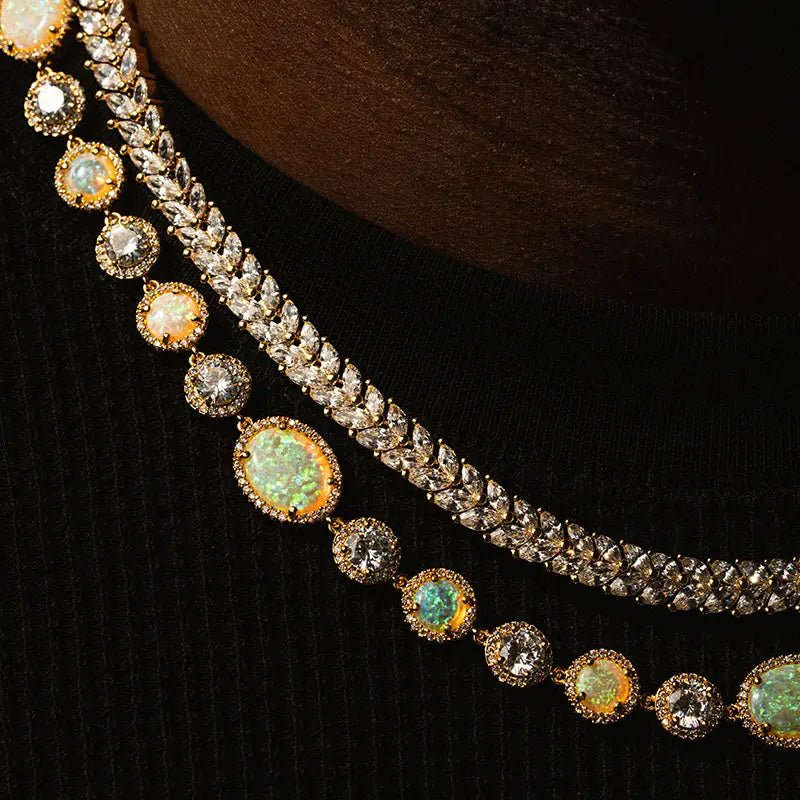
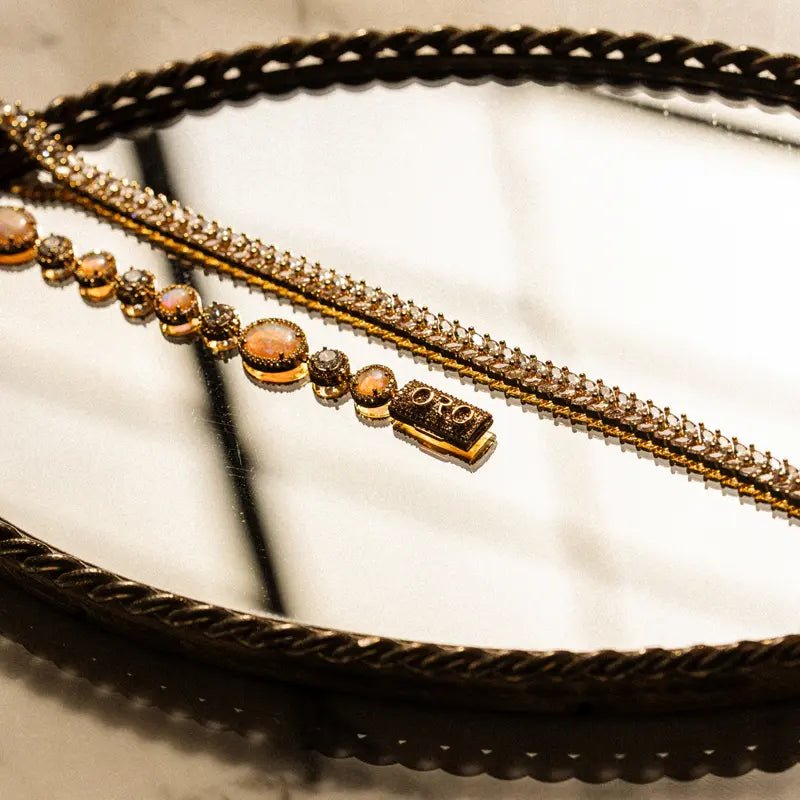
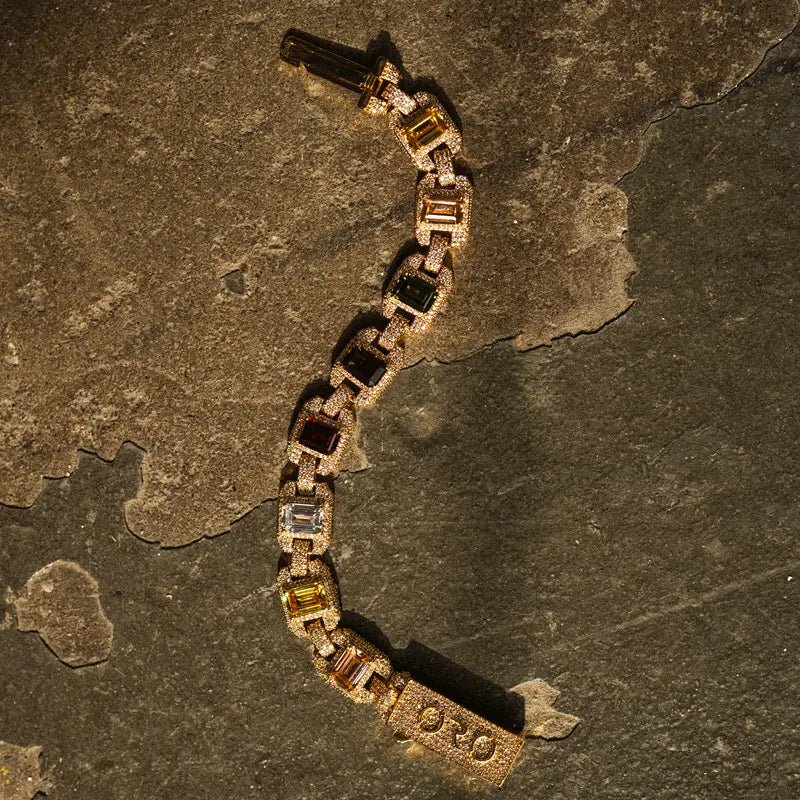
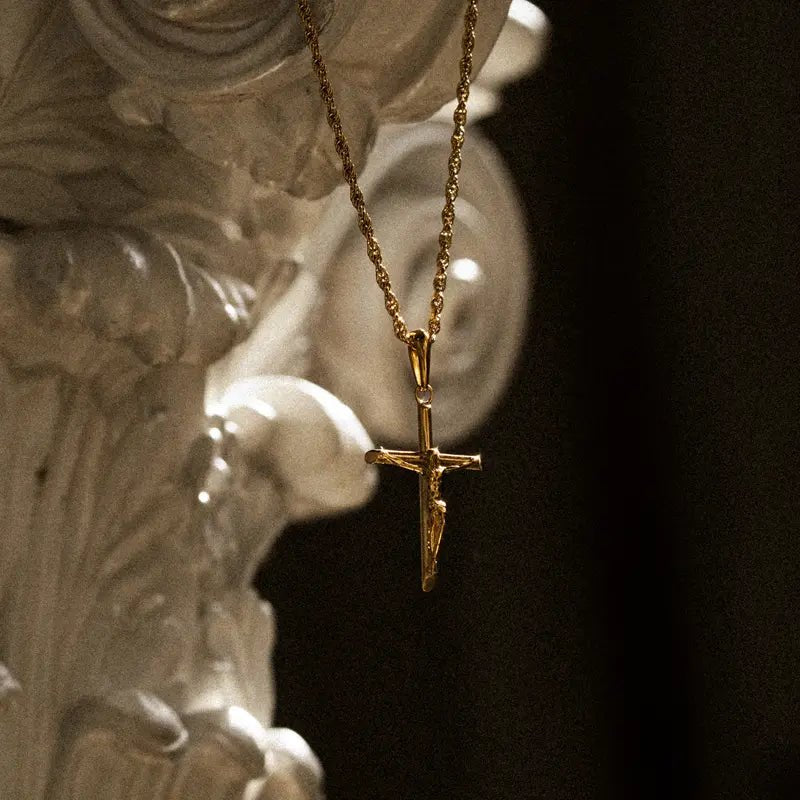



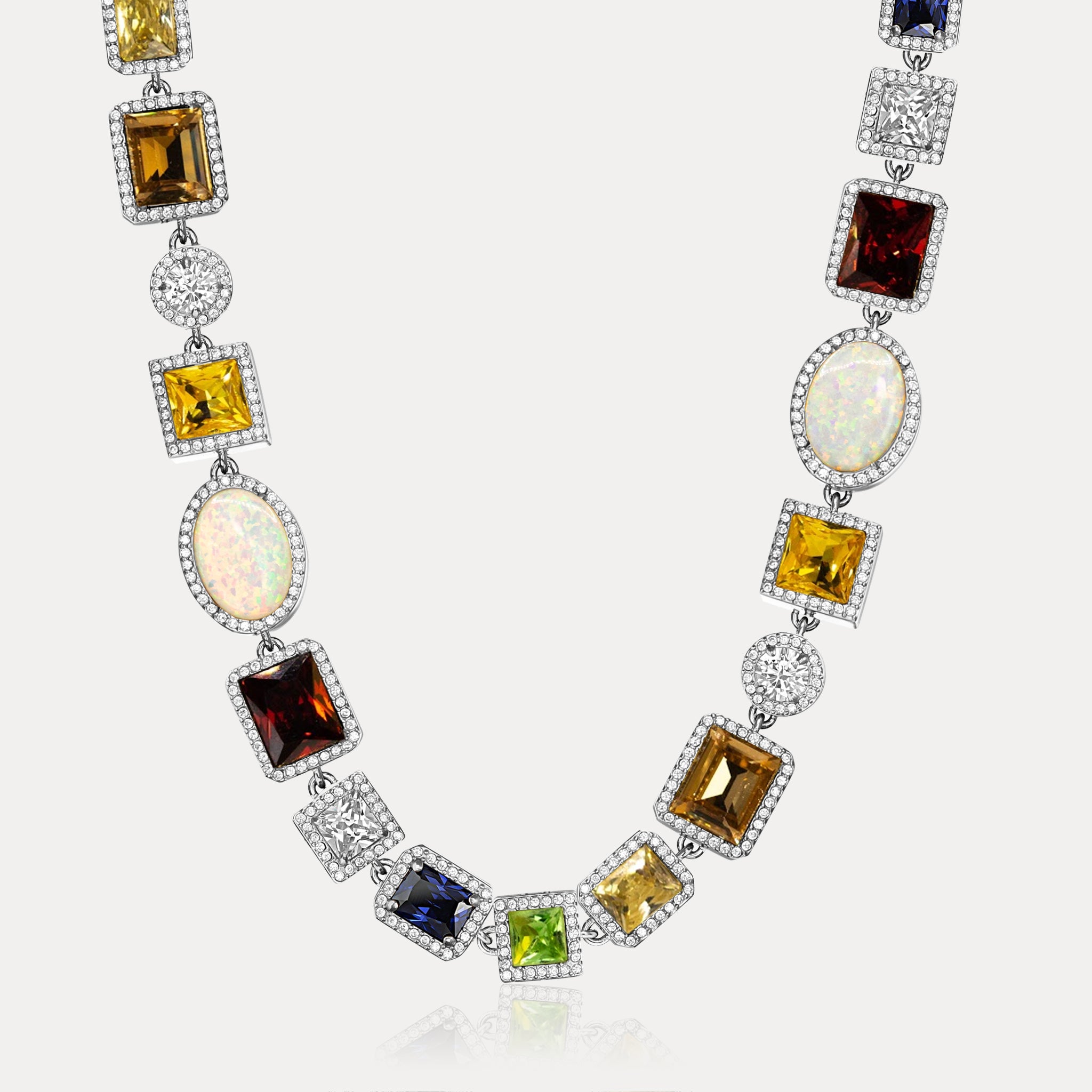
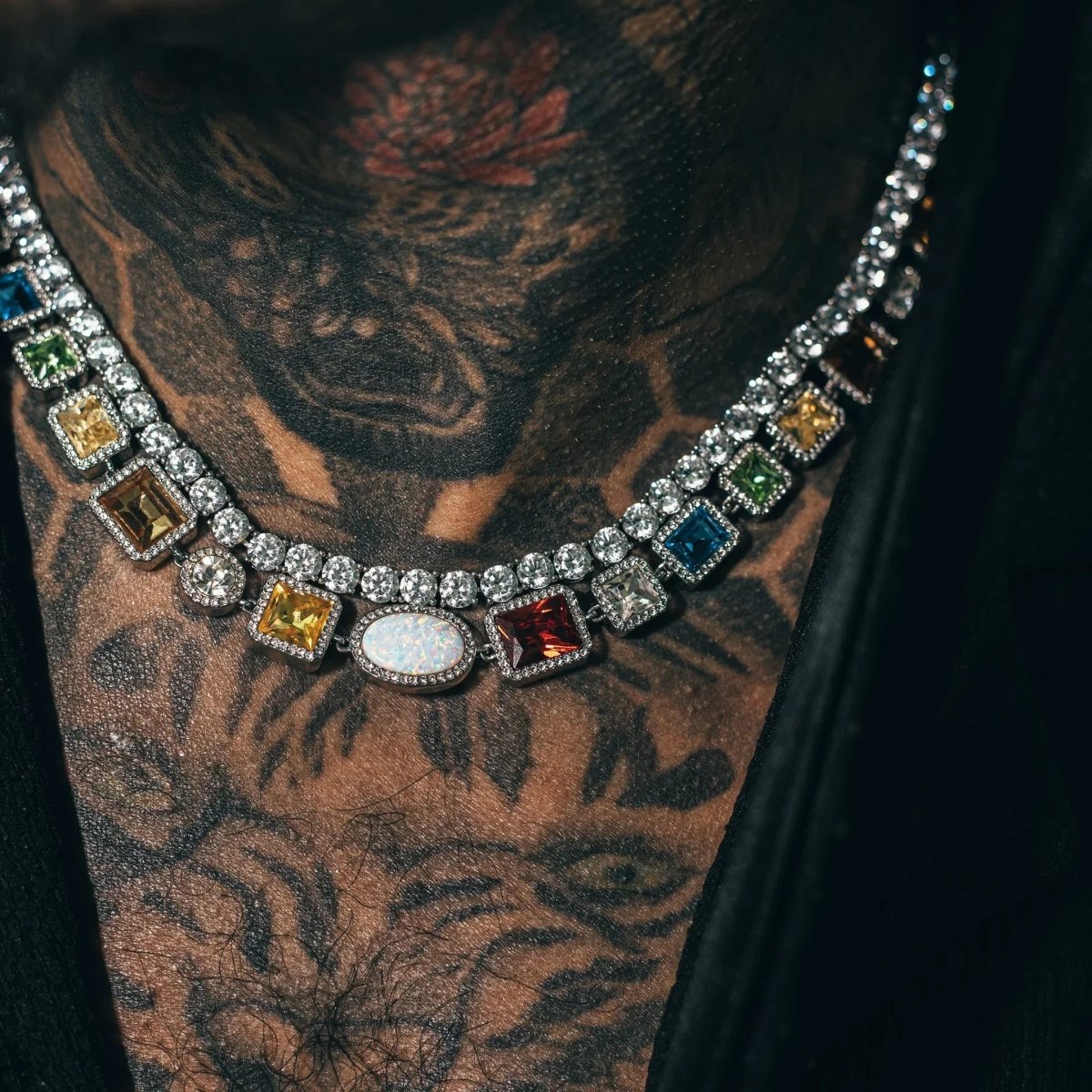
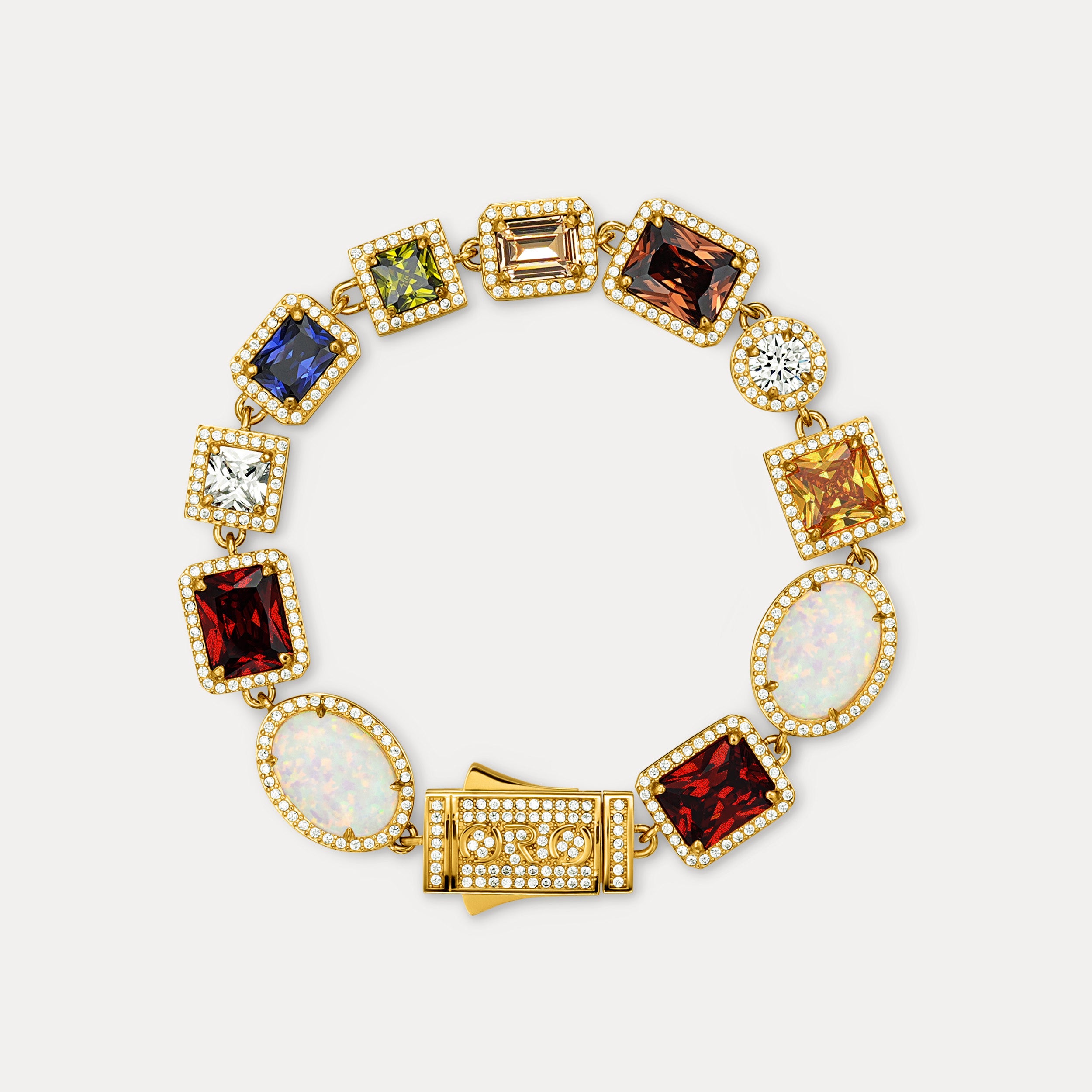

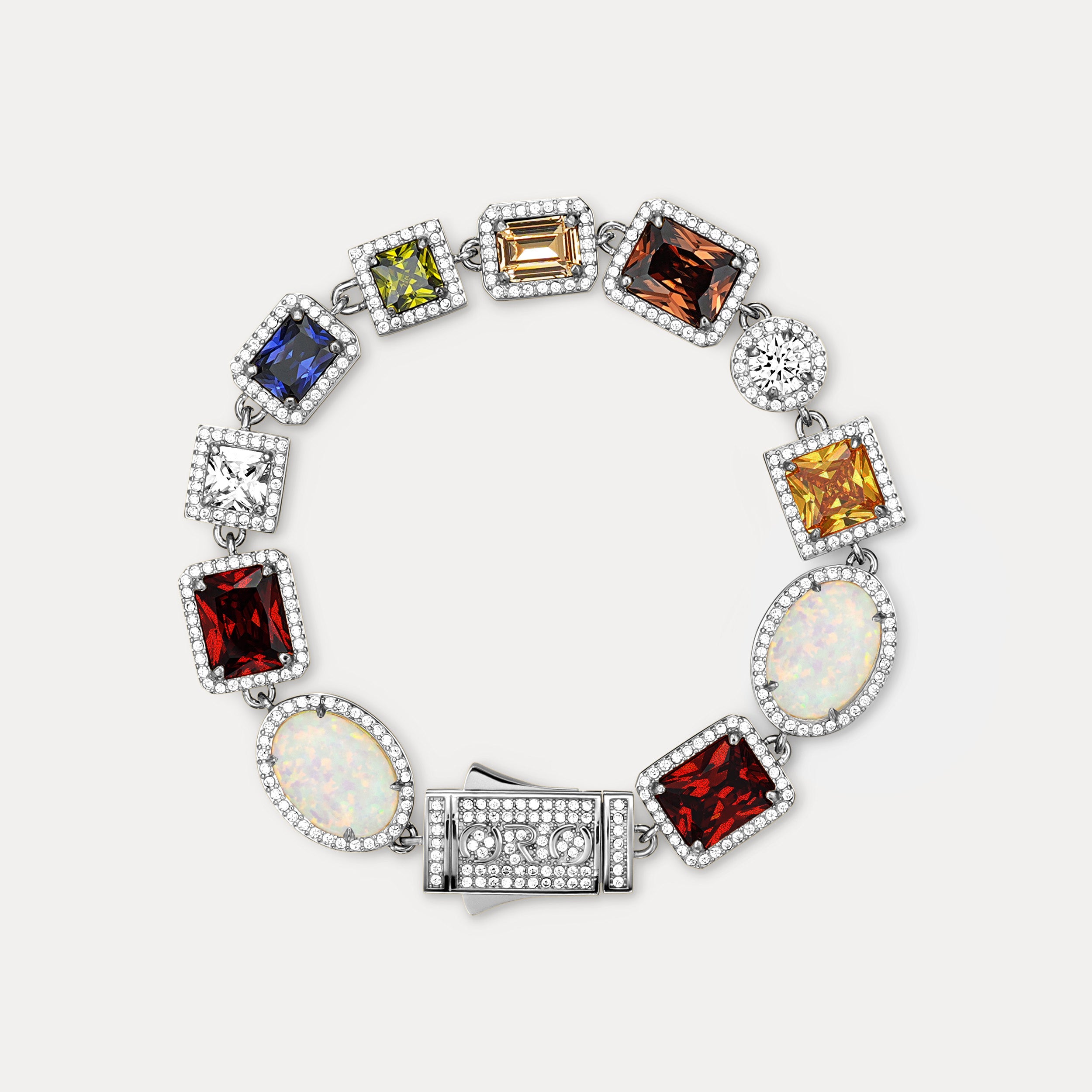

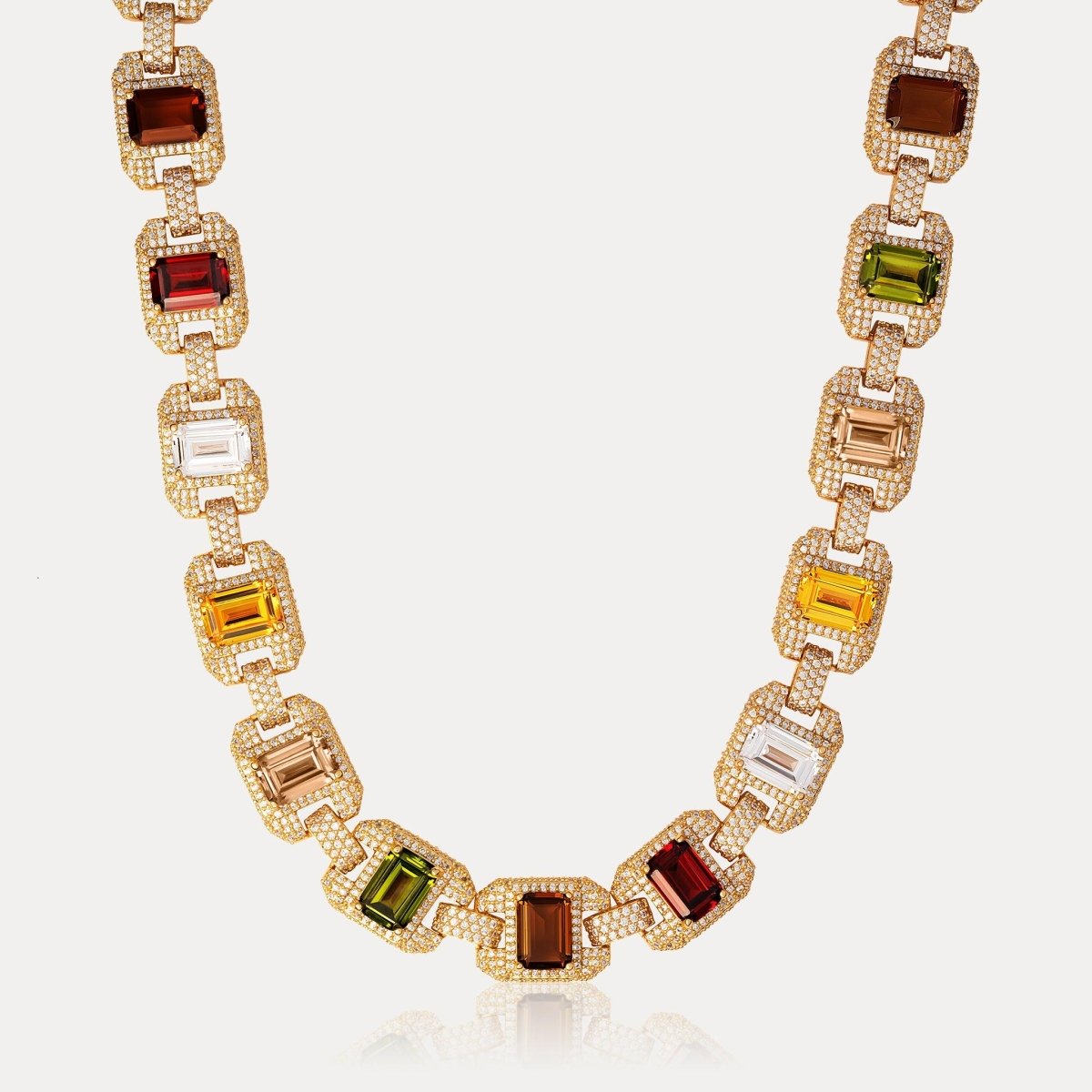



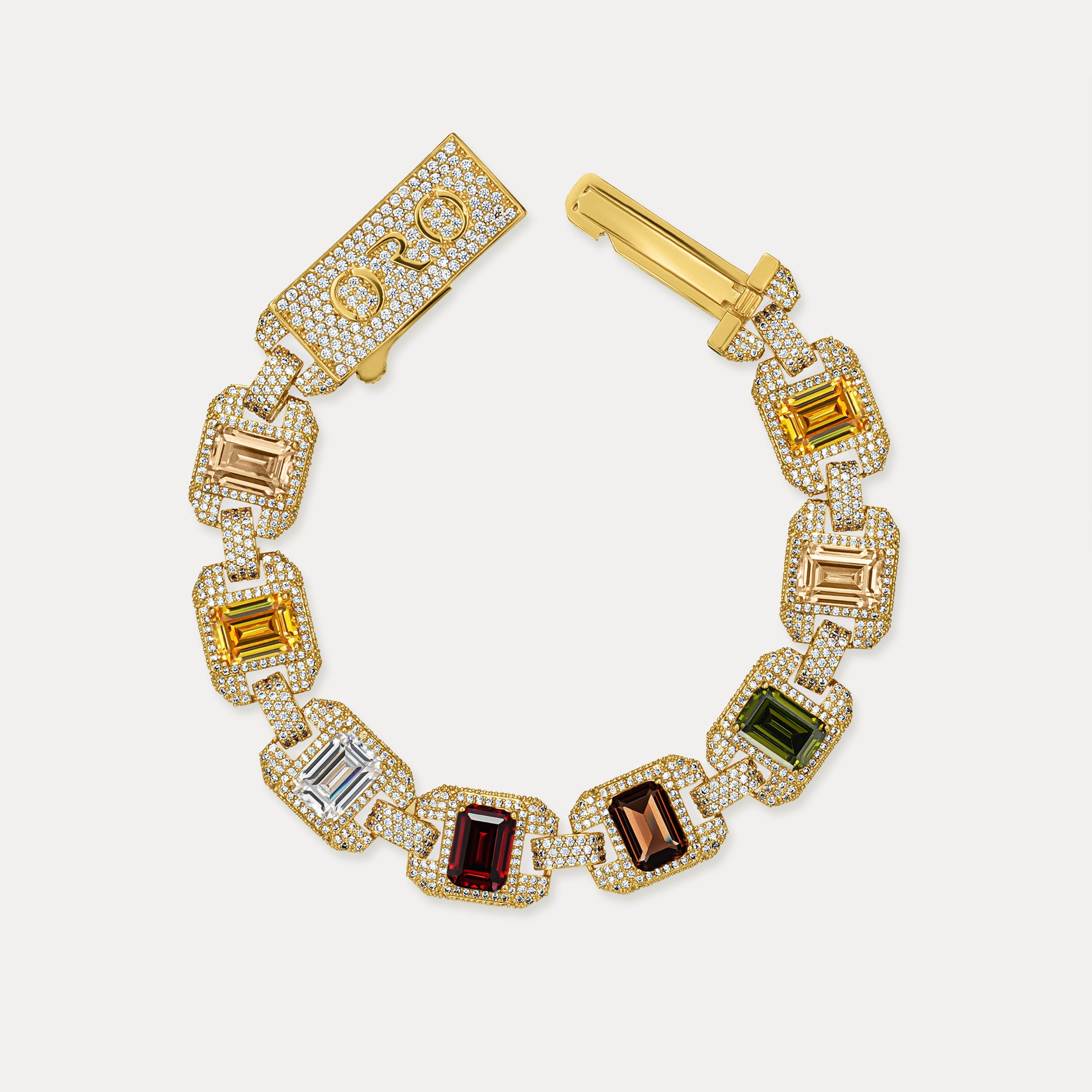

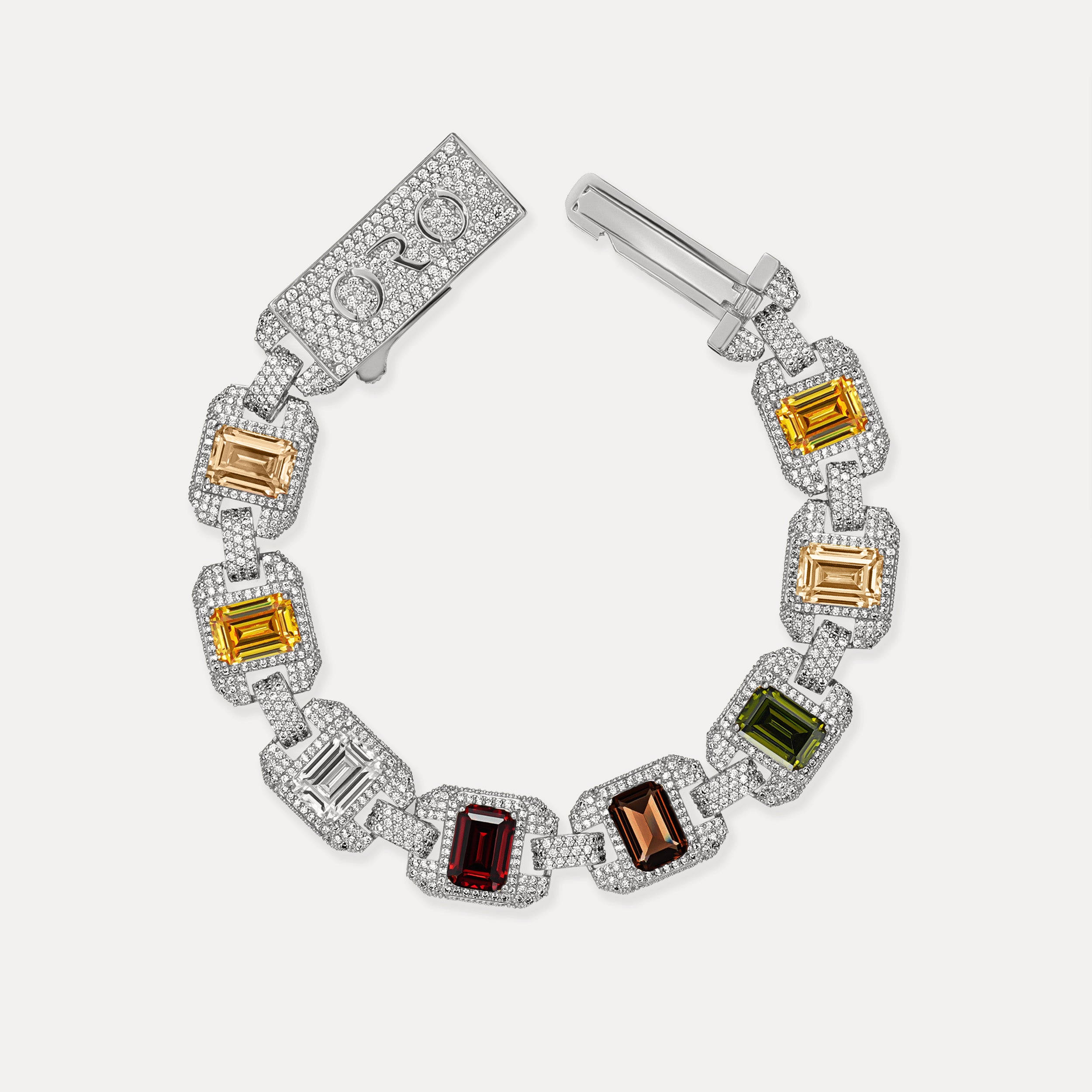

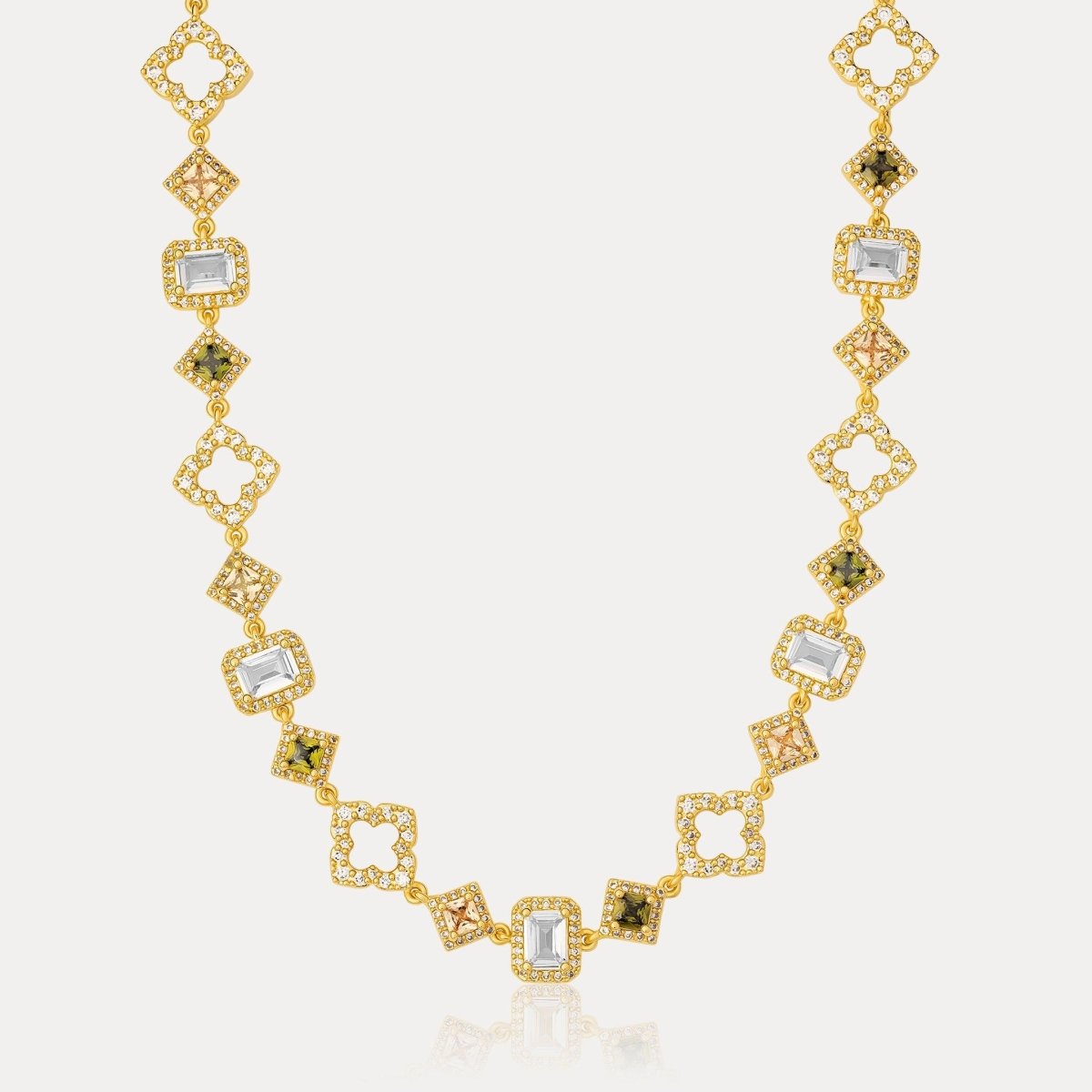
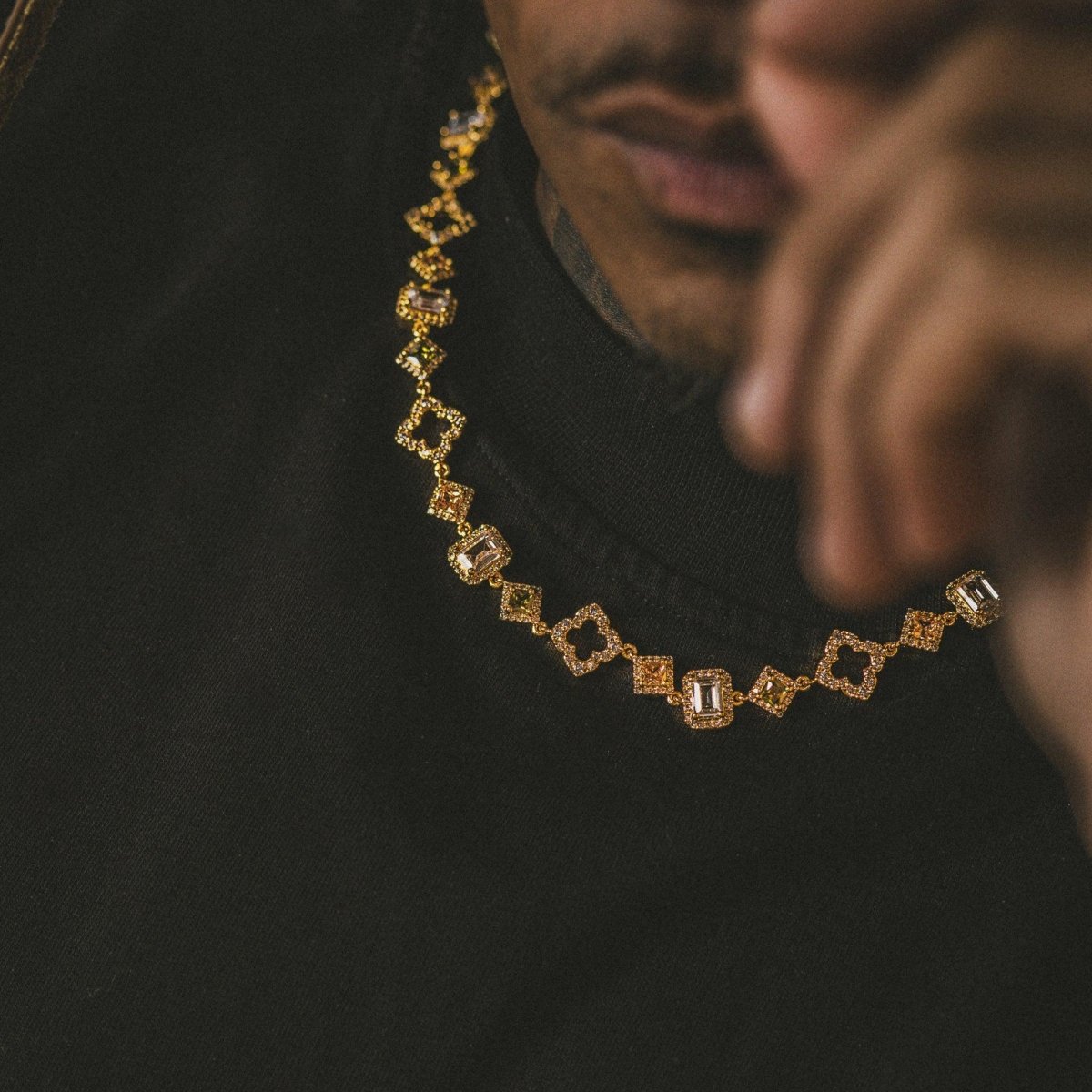
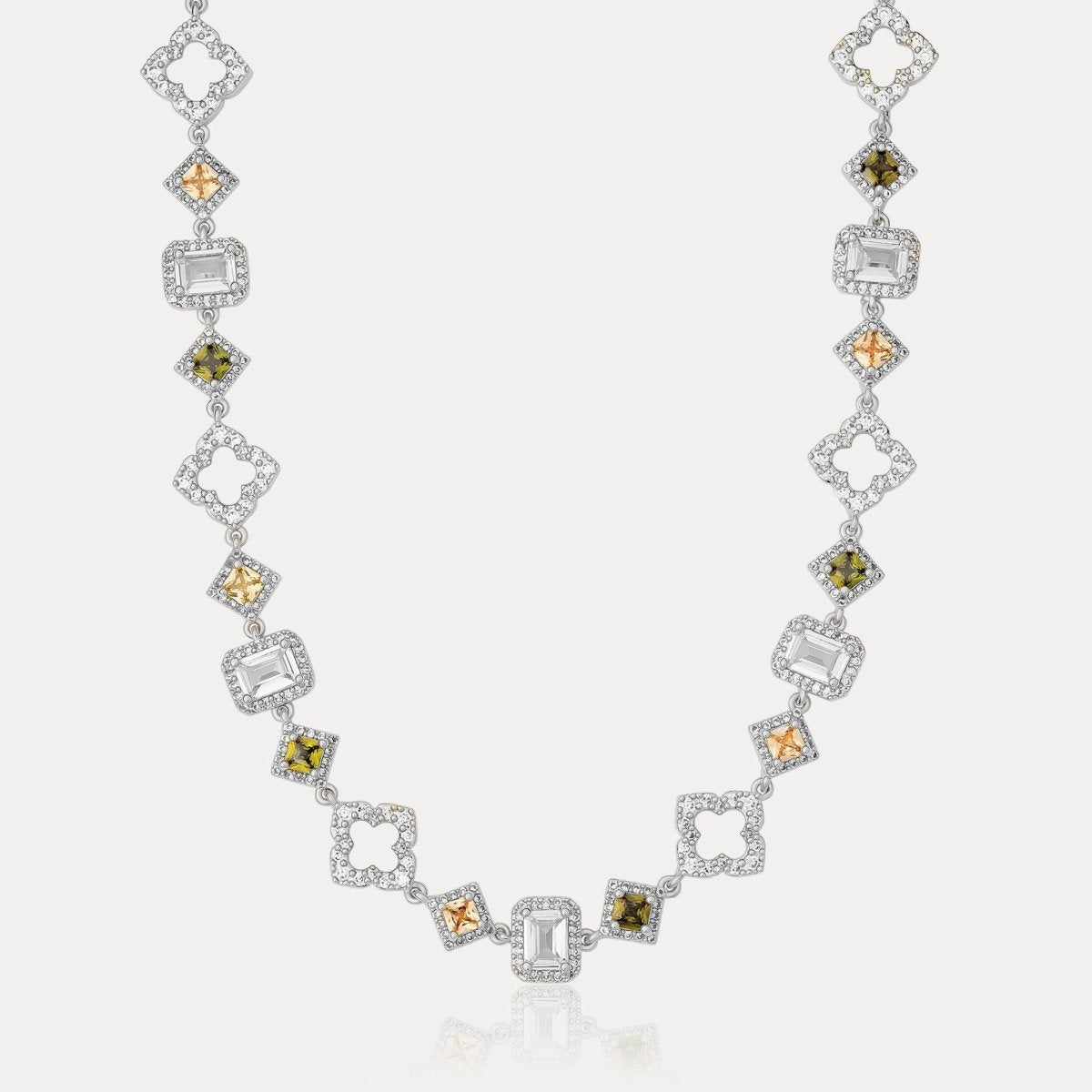

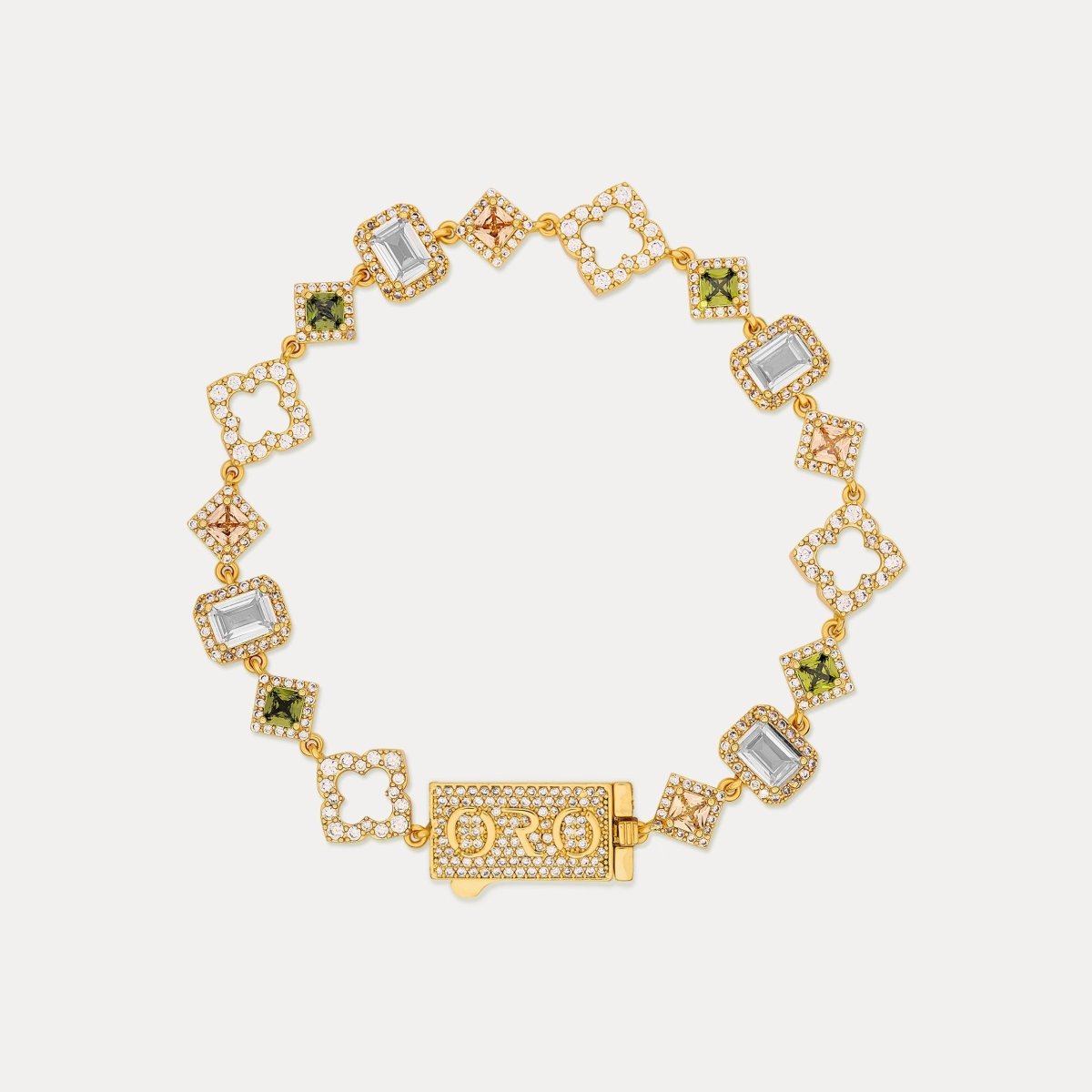


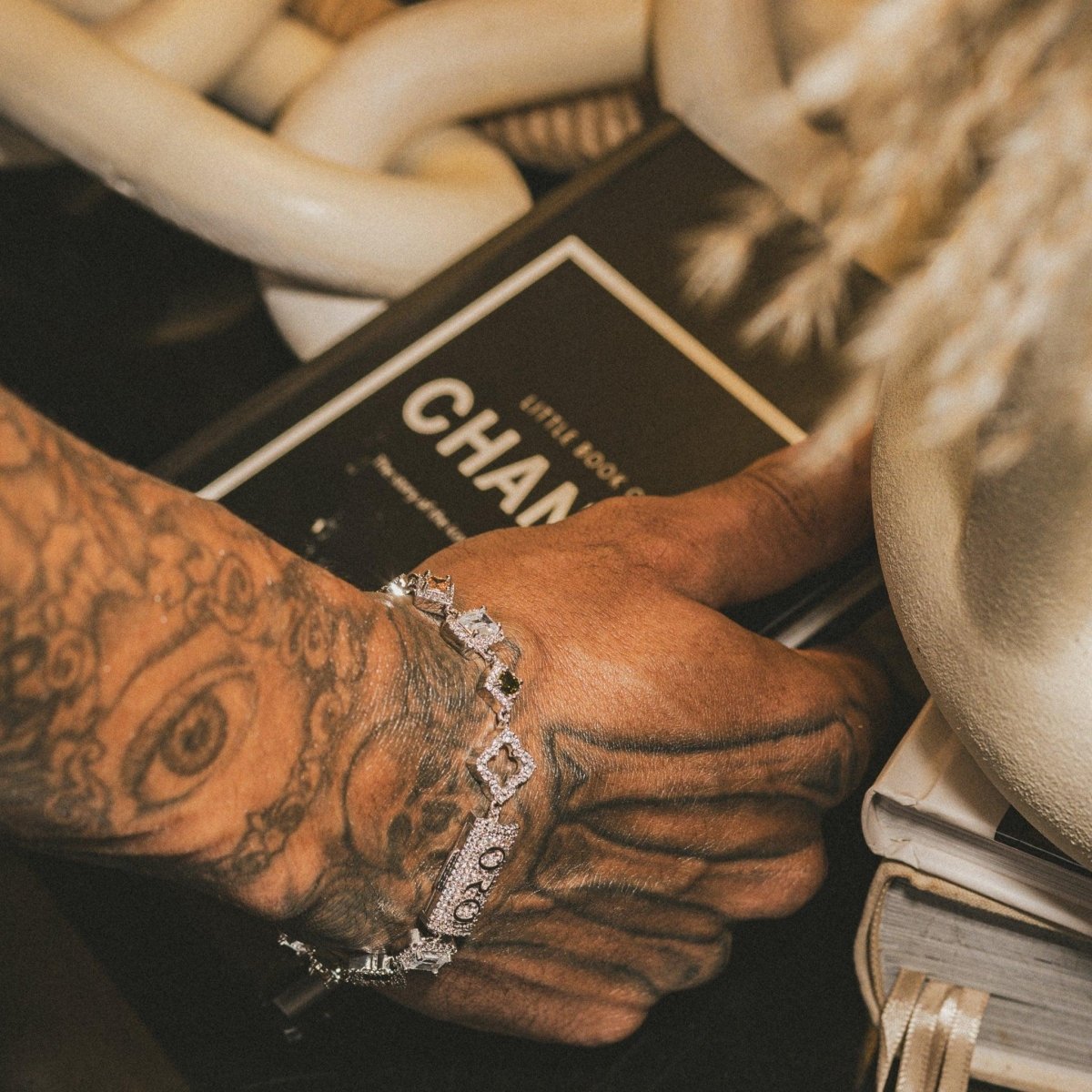
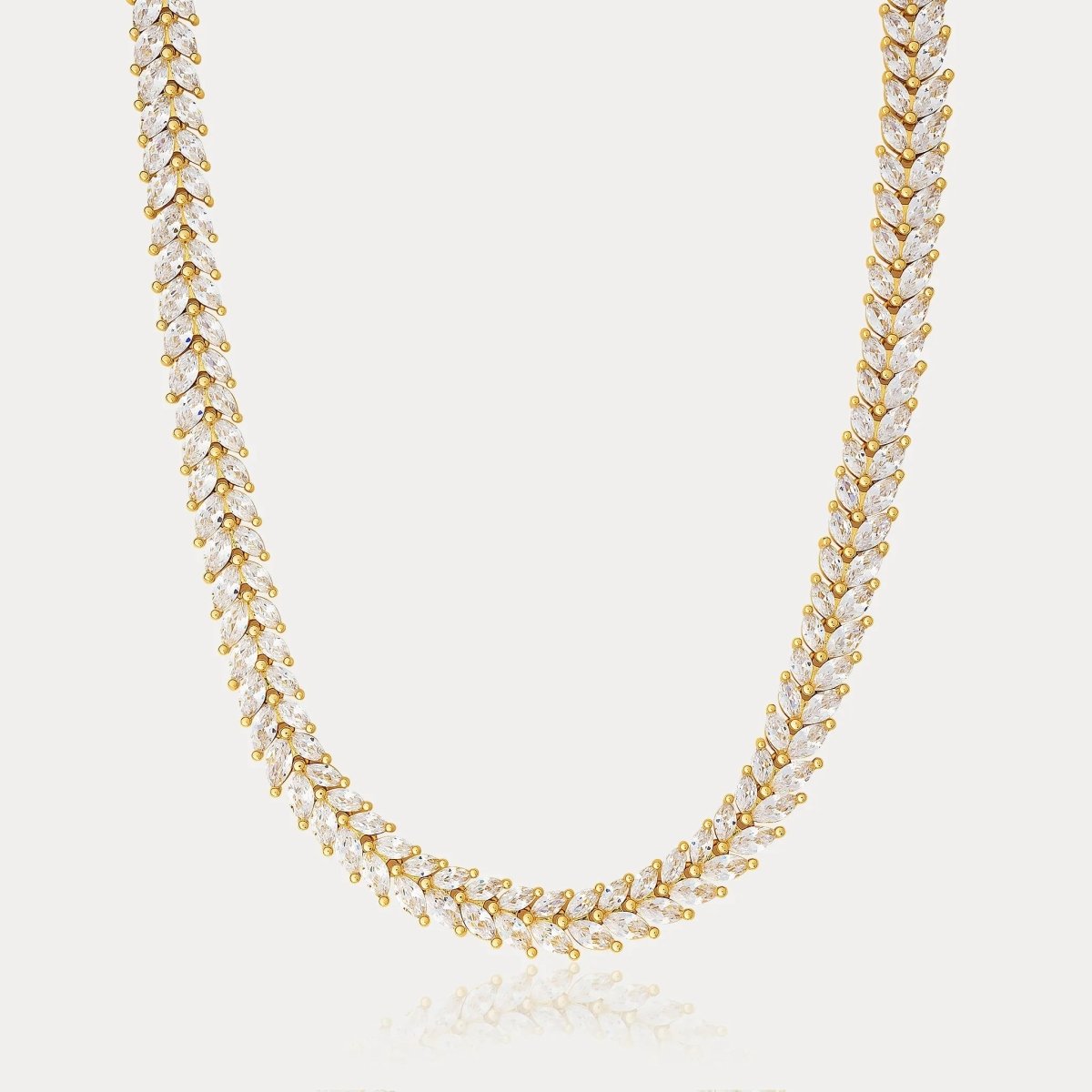
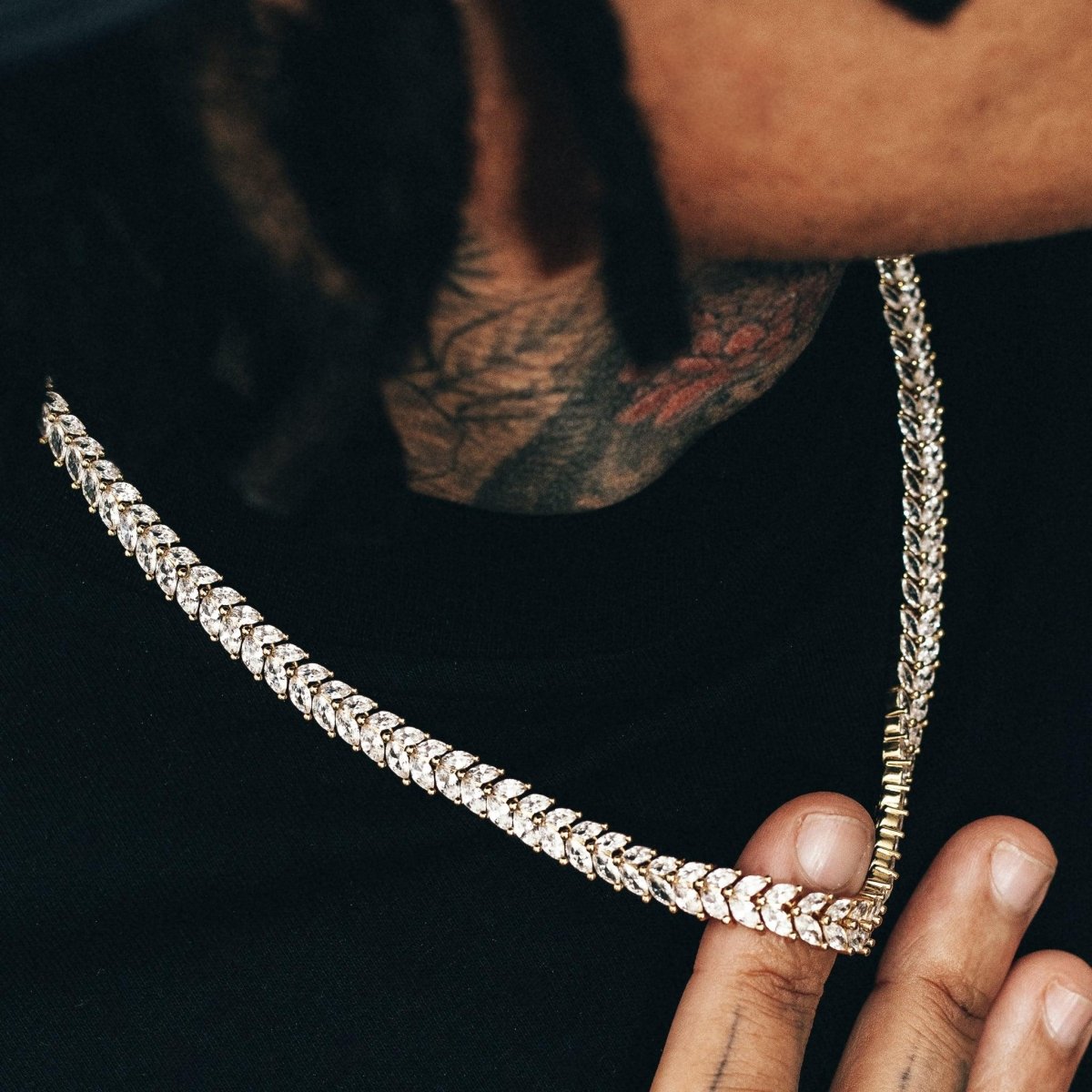
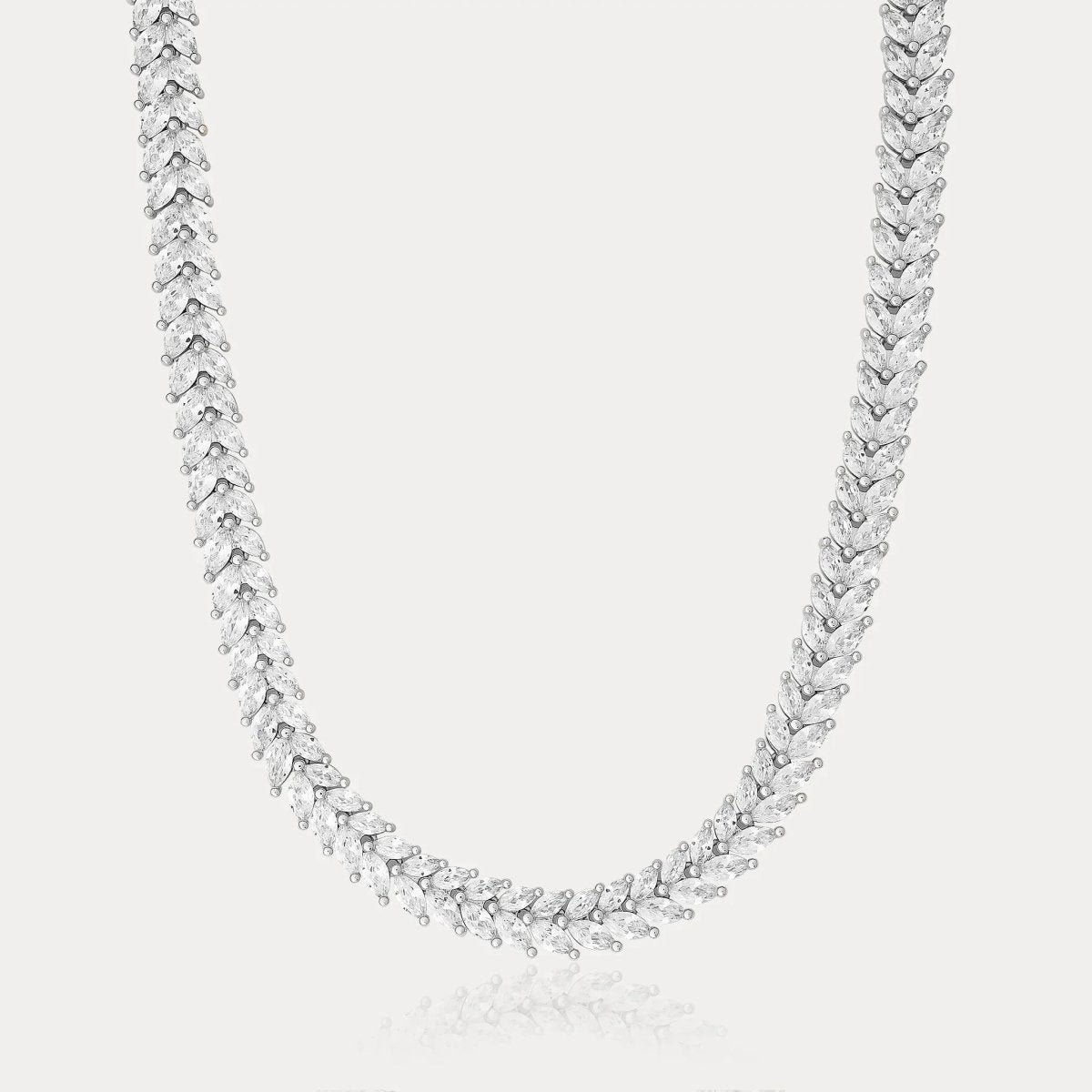

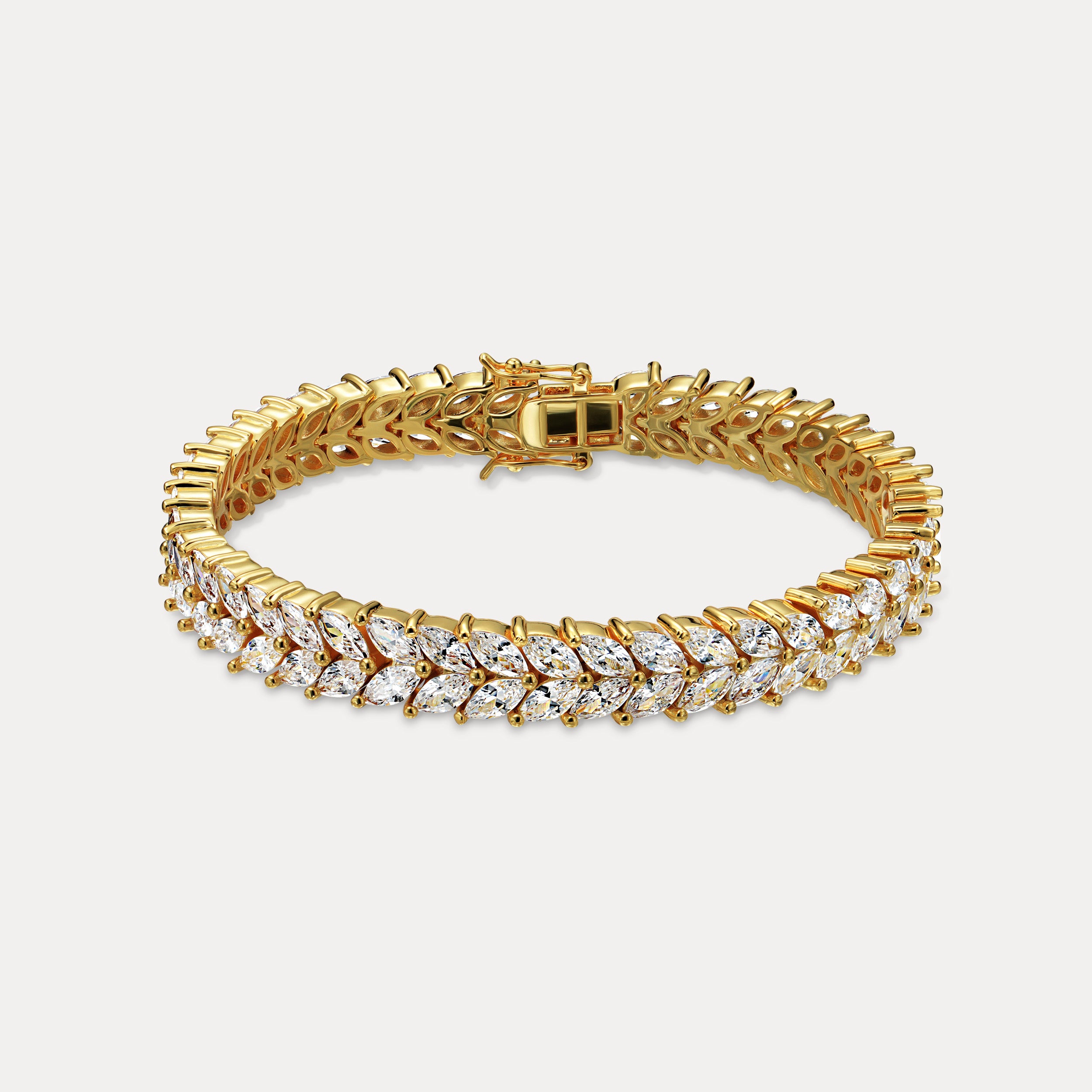

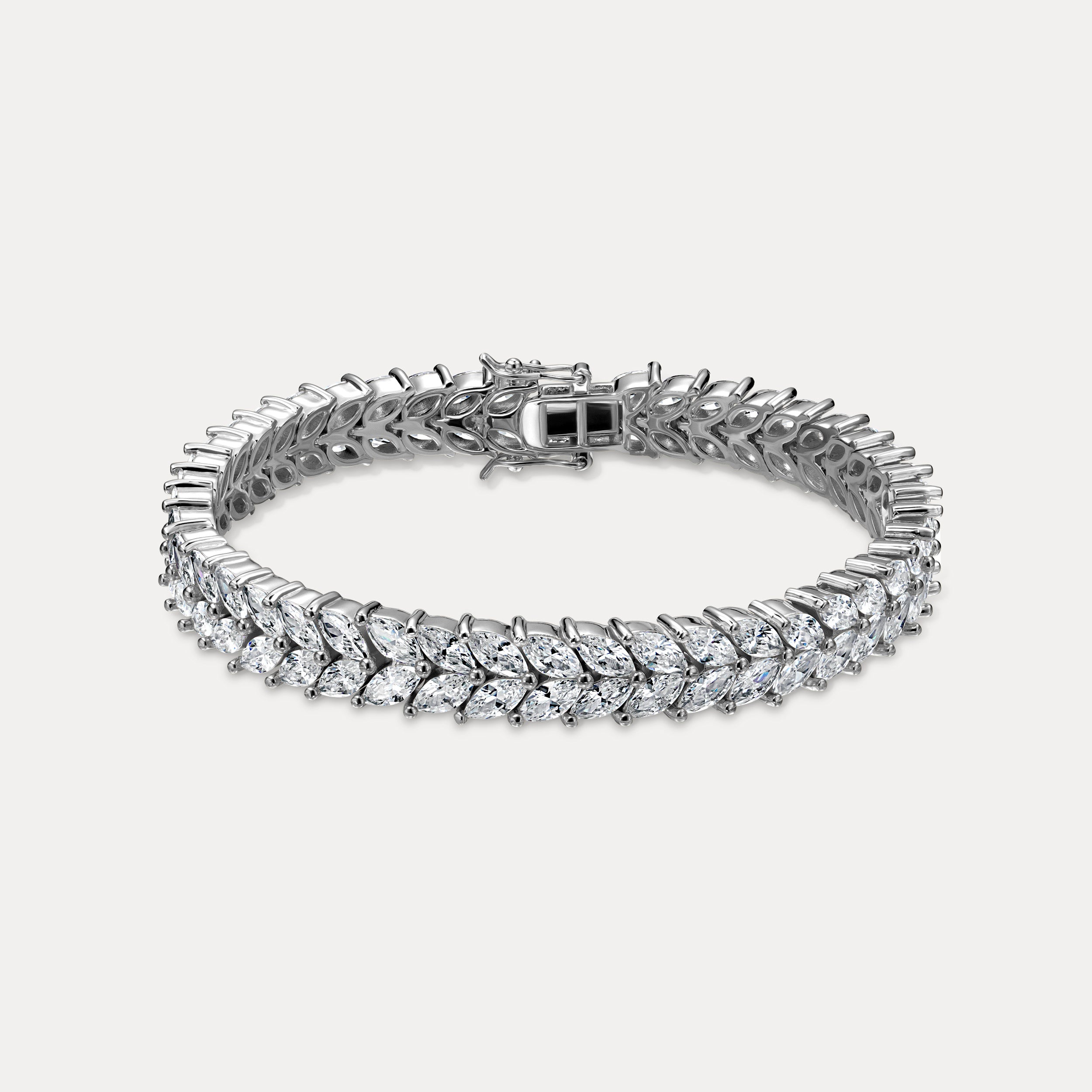

Leave a comment
This site is protected by hCaptcha and the hCaptcha Privacy Policy and Terms of Service apply.